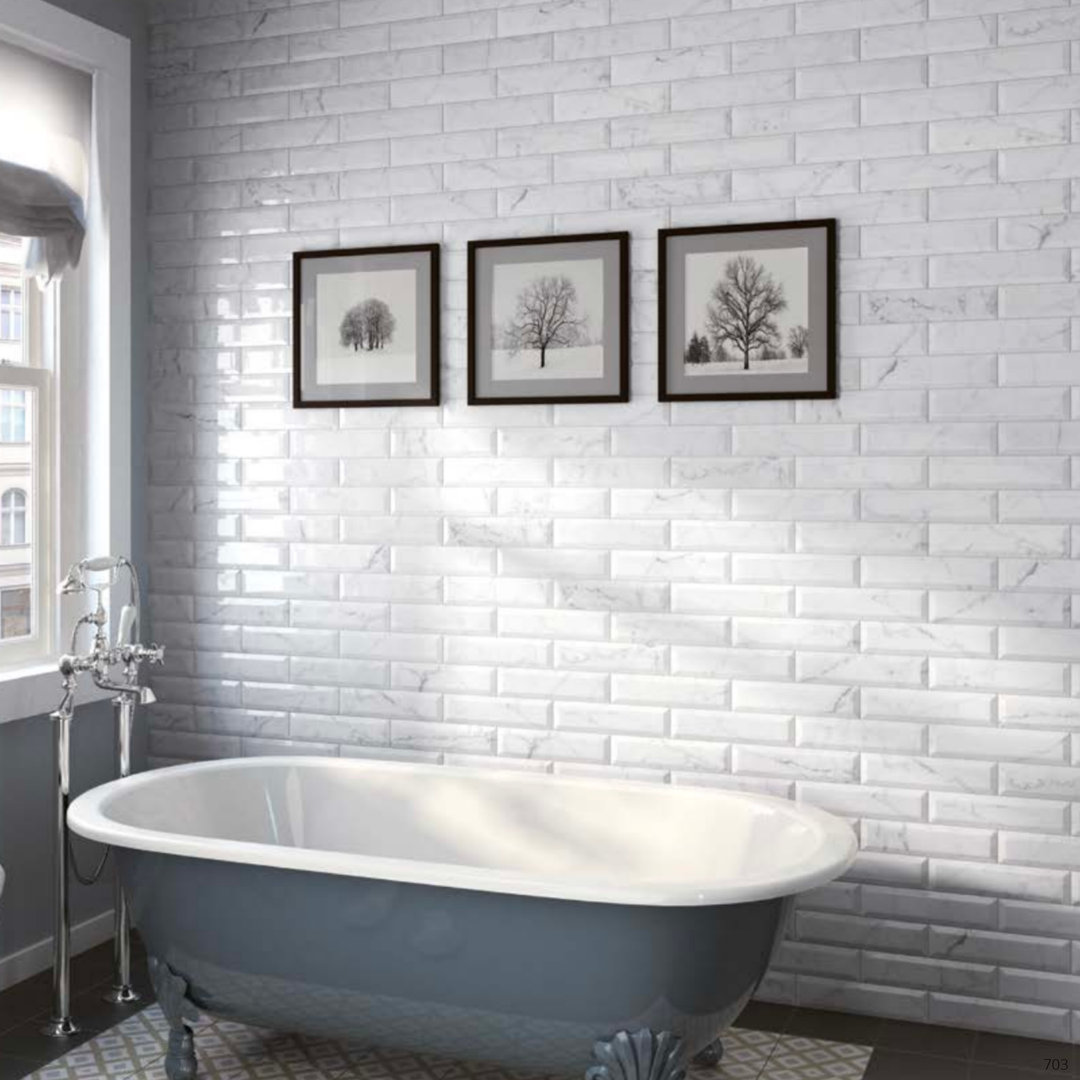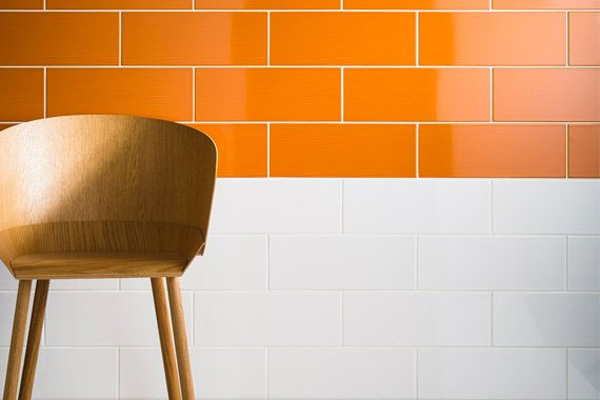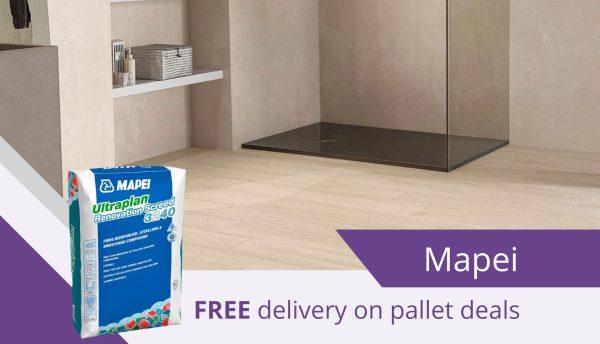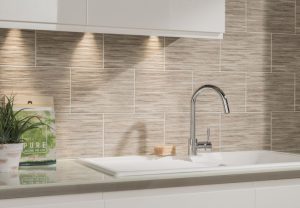Tiles can easily harbour dirt, grease and limescale especially those located in your bathroom or kitchen, making them look tired and worn. That’s why we’re running through our top tips for cleaning tiles to help your bathroom or kitchen tiles look like new!
Top Tips For Cleaning Tiles
Don’t Neglect Your Grout
Dirt and mould can soon gather in your tile grout, impairing the look of your tiles and your whole room. Although a quick wipe of the tiles is sufficient most of the time, a good clean of tile grout is necessary to give it a new lease of life.
We recommend staying away from bleach or strong cleaners when it comes to cleaning grout unless you have significant mould, as these can stain and harm your grout by fading the finish or discolouring darker grouting. Instead, baking soda and vinegar can be combined to make a paste which is really effective at cutting through dirt without being too abrasive. Apply the paste to your grout with a toothbrush or small paint brush to get in all areas.
For a deeper clean, leave the solution on for 15-30 minutes and rinse off with warm water. Then, wipe clean with a microfiber cloth and admire your handiwork!
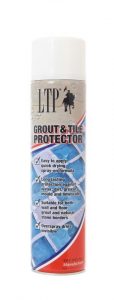
If you’d like to protect your tile grout from the build up of grease, limescale and mould, we recommend LTP Grout Protector. At just £15.18 it can save you money on re-grouting as well as time and elbow grease cleaning your grout!
Avoid Harsh Cleaning Products
As mentioned, harsh cleaning products and bleach can tarnish grout. Well, the same can be said of tiles. Harsh chemicals can strip tiles of their shine as well as being harmful to those who inhale their fumes.
As an alternative, the grout cleaning vinegar and baking soda solution can also work well on tiles. The vinegar helps to remove grease – especially effective on kitchen tiles. Meanwhile, the baking soda is useful for eliminating odours and safely removing built in dirt on the tiles. Again this can be left for a while to really eliminate stubborn stains. Avoid using this formula on marble, stone or natural products as it can tarnish and damage the tiles!
If home made tile cleaning products aren’t for you, there are many specialist products on the market that are effective for deep cleans. But, always make sure to fully rinse any harsh cleaning products thoroughly.
Choose Your Tools Carefully
Depending on your tiles, you will require different cleaning pads and cloths to clean your tiles. In a nutshell, a scouring pad is usually fine for plain, ceramic tiles, while a soft sponge or microfiber cloth is best for patterned or printed tiles. If you have marble surfaces, be sure to use a soft cloth to avoid scratching or tarnishing the tiles.
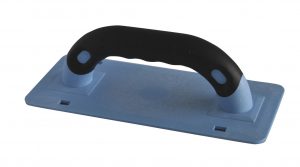
A Cleaning Pad Handle with a Velcro Hook is an ideal device for securing cleaning pads and helping to clean your tiles.
If you’re unsure which cleaning cloths to use on your tiles, check with your retailer.
Finishing Touches
Cleaning products can leave a residue on tiles, not to mention the irritant they can cause to our skin. So make sure you thoroughly rinse all tile surfaces with hot water once you’ve finished srubbing.
Following this, be sure to thoroughly dry and buff up your tiles. Wet or damp tiles can not only end up streaky but they can also harbour mould and become breeding grounds for bacteria – not what you want after a hard day’s spring cleaning!
Enjoy Your Clean Tiles
Finally, after all your hard work, it’s time to enjoy your spotless tiles!

